Yellow variegated Thuja cultivar at local box store!
Toronado3800 Zone 6 St Louis
13 years ago
Featured Answer
Sort by:Oldest
Comments (23)
coniferjoy
13 years agogardener365
13 years agoRelated Professionals
Ashland Landscape Architects & Landscape Designers · Havre de Grace Landscape Architects & Landscape Designers · Norton Shores Landscape Architects & Landscape Designers · Waunakee Landscape Architects & Landscape Designers · Avocado Heights Landscape Contractors · Fruit Heights Landscape Contractors · Hendersonville Landscape Contractors · Plymouth Landscape Contractors · Porterville Landscape Contractors · Rio Linda Landscape Contractors · Santa Ana Landscape Contractors · Wareham Landscape Contractors · New Carrollton Landscape Contractors · Oxon Hill Landscape Contractors · Pike Creek Valley Gardeners & Lawn Careconiferjoy
13 years agoEmbothrium
13 years agoToronado3800 Zone 6 St Louis
13 years agoEmbothrium
13 years agoconiferjoy
13 years agoToronado3800 Zone 6 St Louis
13 years agoEmbothrium
13 years agoToronado3800 Zone 6 St Louis
13 years agoEmbothrium
13 years agoconiferjoy
13 years agoEmbothrium
13 years agoconiferjoy
13 years agoEmbothrium
13 years agoconiferjoy
13 years agoEmbothrium
13 years agoconiferjoy
13 years agoEmbothrium
13 years agocommanderducky
9 years agolast modified: 9 years agocommanderducky
9 years agolast modified: 9 years agogardener365
9 years agolast modified: 9 years ago
Related Stories

COLOROpposites Attract: Complementary Color Combos
Use the power couples of the color wheel — blue and orange, purple and yellow, red and green — to spice up any decor scheme
Full Story
GARDENING GUIDES13 Japanese Maples for Shade
A surprising variety of these understory trees is waiting to make a statement in your shade garden
Full Story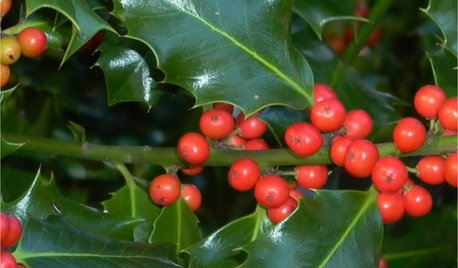
GARDENING GUIDES9 Holly and Ivy Plants for Good Tidings in the Garden
Spread Christmas joy all year round with the gorgeous foliage and bright berries of these evergreen plants
Full Story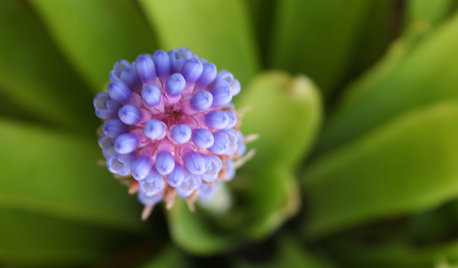
GARDENING GUIDESBromeliads: The Ultimate Collector’s Plants
Once you discover bromeliads’ exotic beauty, wide-ranging colors and intriguing patterns, you’ll never go back
Full Story
PLANTING IDEASStretch the Budget, Seasons and Style: Add Conifers to Your Containers
Small, low-maintenance conifers are a boon for mixed containers — and you can transplant them to your garden when they’ve outgrown the pot
Full Story
FRONT YARD IDEASBefore and After: Front Lawn to Prairie Garden
How they did it: Homeowners create a plan, stick to it and keep the neighbors (and wildlife) in mind
Full Story
EDIBLE GARDENS12 Essential Herbs for Your Edible Garden
Make home cooking and drinks even better with herbs plucked from your own backyard or windowsill pot
Full Story
GARDENING GUIDES6 Plants That Beat Butterfly Bush for the Wildlife Draw
It's invasive, a nonnative and a poor insect magnet. Check out these better alternatives to butterfly bush in the garden
Full Story
GARDENING GUIDESGreat Design Plant: Bugle Weed, a Quick Ground Cover
It’s highly adaptable, suppresses weeds, reduces erosion and provide weeks of bright flowers. Just watch for invasiveness
Full Story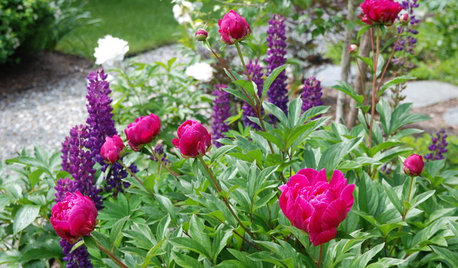
GARDENING GUIDESNortheast Gardener's June Checklist
Tote out garden ornaments, unleash your color passion and glean inspiration from the many Northeast tours
Full Story






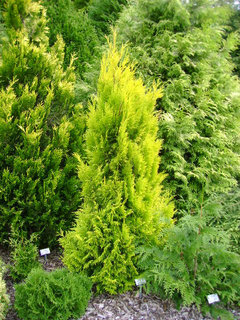





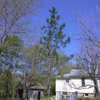
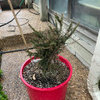

tsugajunkie z5 SE WI ♱